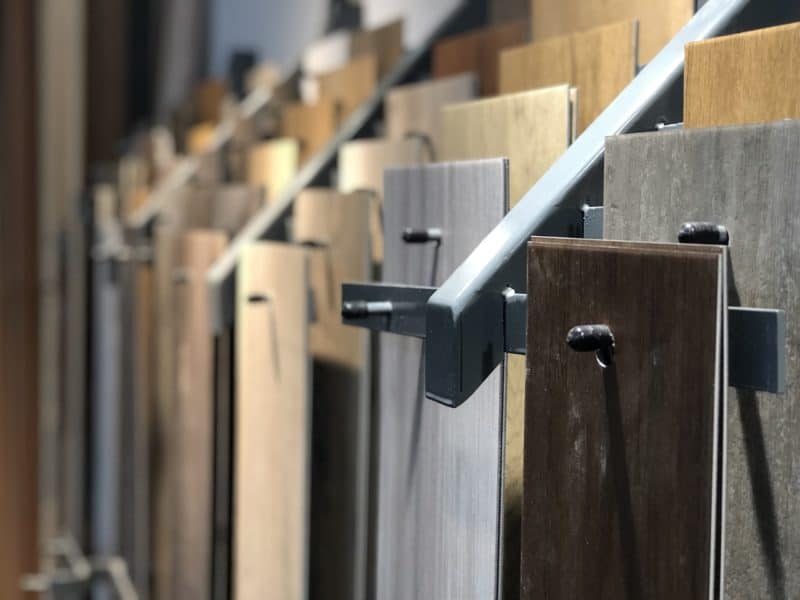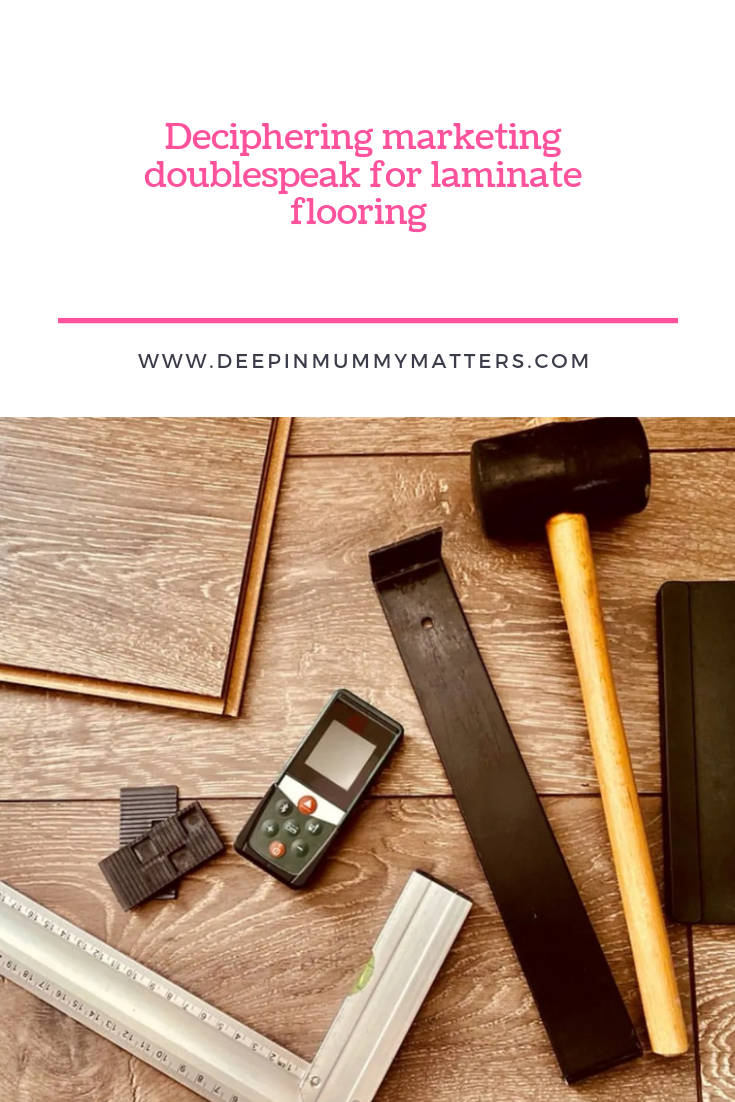One of the issues with laminate flooring is that you may not fully understand what you’ve read or have been told about this flooring option. Sometimes the words you read or hear don’t mean what you think they mean.
To cut through any possible confusion, here are some explanations that might give you a more accurate view of laminate flooring.
“Plastic” Laminate Flooring
Quite a few people have entered a store that sells flooring solutions, and they might hear a salesperson refer to laminate flooring as “plastic laminate” flooring. Often there’s a slight sneer or derogatory tone when they utter this phrase, and that’s probably because they want you to go with authentic hardwood flooring or some other more expensive option.
However, in most cases, you can’t really accuse the salesperson of lying. In many cases, the inner core layer is made of melamine resin and fibre board materials. Melamine is a type of plastic, but it’s a tough material that you’d find in tableware.
Still, nowadays the strength of laminate flooring is quite impressive. The visuals can also be quite stunning, and can compare to the “real thing”.
“Laminate Wood”
This is a phrase that a salesperson for laminate flooring might use. They want to give you the impression that laminate flooring is just as good as hardwood.
While this may be a legitimate argument, laminate is not a type of wood. In the world of flooring, laminate and wood are two different things. They both have their own sets of pros and cons.
Basically, the visuals today can mimic the look of gorgeous hardwood. But they’re different.
Warranty Fine Print
Checking out the length of the warranty is one of the best ways to gauge the durability (and overall quality) of any flooring option. Actually, you can say the same for just about any consumer product out there.
With laminate flooring, the more premium options tend to come with much longer warranties. Some have 20-year warranties, and there are even lifetime warranties.
But you need to keep in mind that warranties generally cover only manufacturing defects. And they don’t cover any damage caused by poor installation.
And that’s one of the problems with laminate flooring warranties. Often, it’s hard to determine whether the problem was caused by a poor installation or by a manufacturing defect.
Your best bet to avoid this problem is to go with professional installation, done by certified installers. That way, the brand can’t blame your own amateurish DIY efforts for any problem.
Who’s the Manufacturer?

When you’re looking through laminate flooring options, one of the reliable ways of checking out the quality of the product is to first check the brand name and reputation. Many of the famous brand names in the flooring industry earned their reputation fairly, by coming out with excellent products.
But there is such a thing as “private labels”. This is when a retailer packages and sells a product under its own brand name, but it’s actually made by another manufacturer. And you usually don’t know the identity of this 3rd-party manufacturer.
This isn’t saying that all private labels are of low quality. But the sad truth is that most of them are since they’re made by manufacturers that haven’t forged a reputation for excellence.
So, what should you do about it? Just check the specs and the warranty. And read the reviews. That way, you have a better idea of what you’re in for.
Alternatives vs. Substitutes
Some of the more eager salespersons for laminate flooring may tell you that their laminate flooring options are so good that they’re basically like the real thing, except they’re cheaper. Unfortunately, that’s not really true.
Laminate flooring can look like hardwood, but laminate flooring simply can’t be a substitute for hardwood flooring. Again, they’re just different. Laminate can be an alternative option, but it doesn’t work as a substitute.
“Easy” Installation
Some people tout “easy installation” as one of the advantages of laminate flooring. And compared with the installation of some other types of flooring, laminate flooring is certainly easier to install. Installing hardwood is certainly much more difficult.
For many DIY enthusiasts, laminate flooring installation can be fun and challenging. There are lots of instructional videos on YouTube, and DIY enthusiasts may have lots of the needed tools already at home.
But for many of us who are not versed in DIY woodcraft and floor installation, it can be a complicated mess. You need the right tools, such as a rubber mallet, a pull bar, and the best laminate flooring cutter you can get.
And you should also remember the earlier point that any snafu may invalidate the warranty. In fact, the warranty might even specify that you get professional installation for the warranty to be valid.
“Waterproof” Laminate Flooring
Moisture has always been the kryptonite of laminate flooring. But recent advances have made laminate planks so resistant to moisture that they’re basically waterproof. But that’s not exactly true.
The problem with laminate flooring is that while the flooring material itself can be waterproof, the actual floor may not be. If you have any problem with the installation, or with the subfloor or underlayment, the floor may fail. That’s why even the waterproof laminate flooring options say that water can pool on the surface of the flooring for 24 hours or so. Longer than that, and there may be issues.
For real waterproof flooring, you need ceramic or concrete. That’s just the truth of it!

